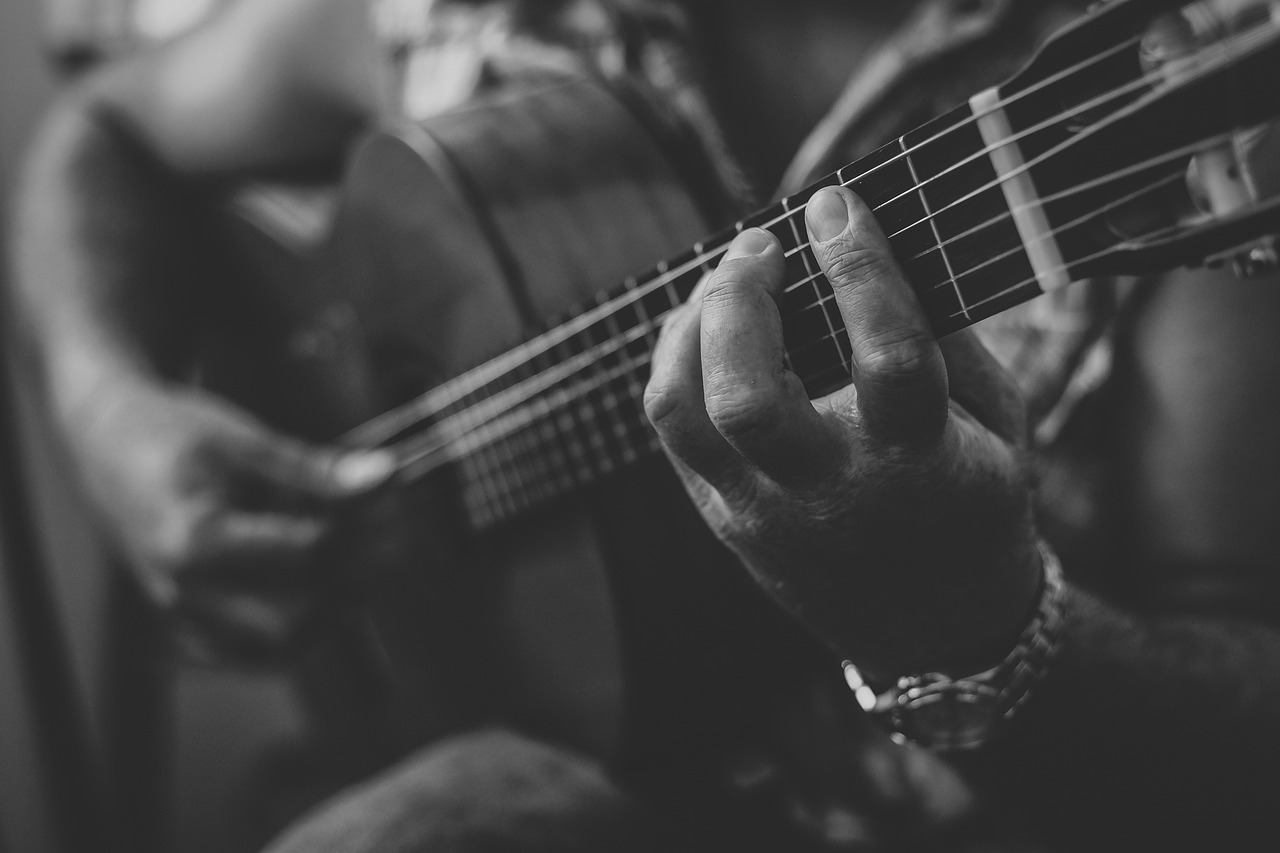Recording a cover song can be a fantastic way to connect with your audience and pay homage to artists you admire. But understanding the legalities is crucial. Having spent years immersed in the music industry and founding CD Baby, I’ve seen musicians get tripped up by the legal process. This guide breaks down the steps to help you avoid pitfalls: obtaining the necessary licenses, paying royalties, and distributing your song through proper channels.
It may seem a bit complicated at first, but trust me—taking these steps helps you avoid lawsuits, builds your credibility as an artist, and shows respect for the original creators.
Step 1: Obtain a Mechanical License
One question I often heard from musicians was, “Do I really need a mechanical license for a cover song?” The answer is a resounding yes. A Mechanical License is the legal permission that allows you to reproduce and distribute a song using someone else’s composition. It’s essential if you want to record and sell your cover song legally.
How to Obtain a Mechanical License
Using services like the Harry Fox Agency (HFA) and Easy Song Licensing can make this process smoother. They act as a bridge to the copyright holder. If your cover involves significant changes to the original song, you’ll need to negotiate directly with the copyright owner or their representatives.
Costs and Terms of Obtaining a Mechanical License
- For songs up to 5 minutes, the statutory mechanical royalty rate in 2025 is 12.5 cents per copy.
- For songs over 5 minutes, you pay 2.5 cents per minute (or fraction thereof) per copy. For example, a 6-minute song would cost 15 cents per copy (6 x 2.5 cents).
To proceed, you need to:
- Identify the copyright owner
- Provide the exact title of the original song
- Specify your intended use—physical copies, digital downloads, or streaming
- Pay the royalties upfront based on the number of copies you plan to make
| Requirement | Description |
| Identify the Copyright Owner | The publisher or rights holder of the song |
| Title of the Original Song | Exact song title |
| Intended Use | Distribution method (physical, digital, streaming) |
| Payment to be made | Statutory rate per unit |
Quick Tip: The mechanical license grants you the right to distribute physical copies, digital downloads, and make the song available on streaming platforms like Spotify and Apple Music. I once heard a musician say, “I thought mechanical licenses were something for car parts!” Well, in our case, they keep your music career running smoothly.
Step 2: Pay Royalties According to the Law
Paying royalties is essential—it’s how you compensate the original songwriter for using their composition. Legally, you must pay these royalties when distributing your cover song.
As mentioned earlier, in 2025 the statutory mechanical royalty rate is 12.5 cents per copy for songs up to 5 minutes. For longer songs, it’s 2.5 cents per minute (or fraction thereof) per copy. If this sounds complex, don’t worry—services like Easy Song Licensing will handle the calculations and forward the royalties for you.
I remember when an artist told me they thought royalties were optional—until they received a cease-and-desist letter. It’s not a fun experience. So be sure to handle royalties properly.
For more insights on handling royalties, you might find Harmony Central to be a valuable resource as it covers various aspects of music production and licensing.
Common Questions and Misconceptions
I want to post my cover on YouTube—do I need a license?
Yes, you need two licenses: a mechanical license and a synchronization (sync) license. The sync license allows you to use the song in a video format. Usually, YouTube handles this by placing ads on your video and compensating the rights holders with the ad revenue.
What if I want to significantly alter the arrangement of a song?
If you’re planning to make substantial changes to the original composition, you’ll need permission directly from the copyright owner. This is because mechanical licenses cover only straightforward covers without major alterations.
I’m performing at a big concert. Do I need a license for live performances?
Generally, you don’t need to obtain a license yourself for live performances. The venue usually has performance licenses with organizations like ASCAP, BMI, or SESAC that cover live performances.
Step 3: Distribute Your Cover Song Through Legitimate Channels
To get your cover song out into the world, use reputable music distribution services like CD Baby, DistroKid, or TuneCore. These platforms ensure compliance with copyright laws and distribute your music to networks like Spotify, Apple Music, and Amazon Music.
Back when I started CD Baby, our goal was to make distribution easy for independent artists while keeping everything above board legally. Using trusted services helps you focus on your music while they handle the nitty-gritty.
If you’re planning to create a music video for your cover, you’ll also need a synchronization (sync) license, in addition to your mechanical license.
For tips on effective distribution, check out Spotify for Artists, packed with tools and analytics for musicians.
Key Points to Stay Legally Compliant
- Obtain the necessary licenses well before you distribute your cover song.
- Keep detailed records of your licenses and royalty payments to avoid disputes later.
- Avoid making excessive alterations to the original composition without permission, as it may violate your mechanical license.
Why This Process Matters
If you’re tempted to skip these steps, consider this: not obtaining the proper licenses and neglecting royalty payments can lead to costly lawsuits and tarnish your reputation. I’ve seen artists’ careers derailed because they didn’t take these legalities seriously. By following these guidelines, you not only avoid legal troubles but also build your credibility and show respect to the original creators. It’s about doing the right thing—keeping your music journey professional and ethical.For those wanting to dive deeper into the business side of music, Music Business Worldwide is an excellent resource.
